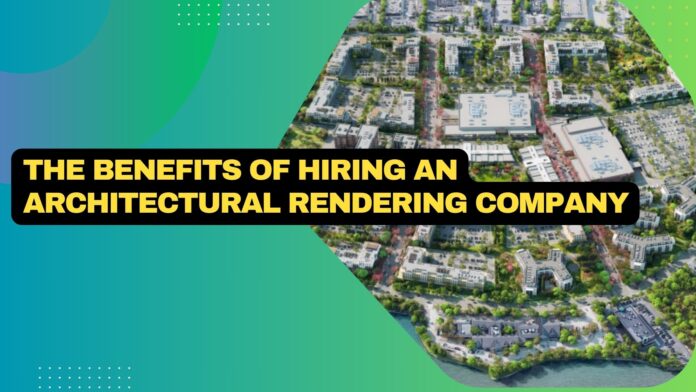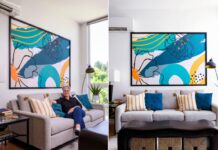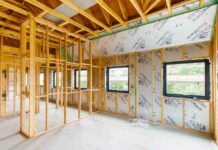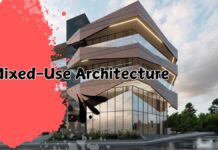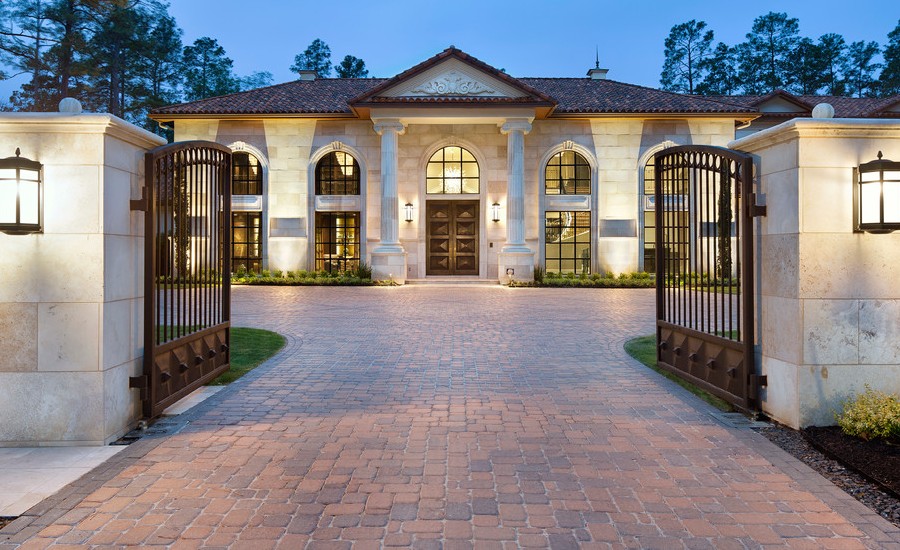In the fast-paced world of architecture, visualization plays a pivotal role in transforming abstract concepts into concrete reality. With the advent of advanced technology, architectural rendering has emerged as a powerful tool that allows architects, designers, and clients to bridge the gap between imagination and execution. In this article, we delve into the various advantages that come with enlisting the expertise of an architectural rendering company.
Understanding architectural rendering
Before we dive into the benefits, let’s first establish a clear understanding of what architectural rendering entails. Architectural rendering refers to the process of creating lifelike and visually compelling images or animations of proposed architectural designs. These renderings utilize intricate computer software to simulate lighting, textures, materials, and spatial relationships. The result is a representation that closely mirrors how the final structure will look once built.
Enhanced visualization and communication
One of the foremost advantages of hiring an architectural visualization company is the enhanced ability to visualize and communicate design concepts. Traditional two-dimensional sketches or technical drawings can often be challenging for clients and stakeholders to fully grasp. On the other hand, provide a vivid and realistic depiction of the intended design. This three-dimensional representation enables clients to visualize the project as a finished product, making it easier to provide feedback and make informed decisions.
Realistic material representation
A key aspect of architectural rendering is the intricate portrayal of materials. The use of textures, finishes, and materials is crucial in conveying the look and feel of a structure. This kind of company specializes in replicating these materials with a high degree of realism. Whether it’s the warmth of wood, the sleekness of glass, or the ruggedness of stone, these renderings bring materials to life, allowing stakeholders to appreciate the aesthetics in detail.
Cost and time efficiency
Gone are the days when constructing physical models was the primary means of conveying design concepts. Not only was this process time-consuming, but it also incurred substantial costs. Architectural rendering eliminates the need for physical models, saving both time and money. Changes and iterations can be seamlessly incorporated into the digital rendering, avoiding the need to recreate physical models each time alterations are made. This efficiency accelerates the decision-making process and expedites project timelines.
Minimized design ambiguity
Ambiguity in design interpretation can often lead to costly misunderstandings during the construction phase. Architectural renderings act as a common ground for all stakeholders, ensuring that everyone involved comprehends the design intent accurately. This minimizes the potential for miscommunication, reducing the likelihood of errors and rework during construction. The clear and precise visual representation leaves little room for ambiguity, fostering smoother collaboration among architects, builders, and clients.
Showcasing design innovation
Architectural visualization isn’t just limited to replicating existing designs; it’s a powerful tool for showcasing innovative concepts. Complex and avant-garde designs that might be challenging to explain through traditional means can be effectively communicated through detailed renderings. These renderings help architects present their bold ideas to clients, investors, and regulatory bodies, making a compelling case for designs that push the boundaries of creativity.
Tailored marketing and presentation
In today’s competitive architectural landscape, compelling presentation is key to attracting clients and investors. Architectural renderings serve as invaluable marketing assets. They can be incorporated into presentations, proposals, and marketing materials to create an impactful impression. High-quality renderings lend a professional edge to presentations, making them more engaging and persuasive. The visual storytelling offered by architectural renderings can sway decisions in favor of your design, giving you a competitive advantage.
Facilitating regulatory approvals
Navigating the regulatory landscape is an integral part of any architectural project. Architectural renderings aid in this process by providing a clear visual representation that helps regulatory bodies understand the proposed design. Zoning boards, planning commissions, and other authorities can more effectively evaluate the design’s compliance with regulations. The ability to present a realistic rendering that showcases how the project will fit into the surrounding environment can significantly expedite the approval process.
Remote collaboration made easy
In today’s interconnected world, architectural teams and clients are often spread across different geographical locations. Structural portrayal overcomes the challenges of distance by enabling remote collaboration. Stakeholders can review and provide feedback on renderings online, eliminating the need for physical presence. This level of flexibility enhances communication and collaboration, making it easier to work with global teams and clients.
Architectural rendering has revolutionized the way architectural designs are conceptualized, communicated, and brought to life. By harnessing the capabilities of architectural rendering companies, professionals in the field can unlock a plethora of benefits that encompass enhanced visualization, streamlined communication, cost efficiency, and innovative design representation. In an industry that constantly evolves, embracing construction imagery is not just a choice; it’s a strategic advantage that sets you on a path towards.

